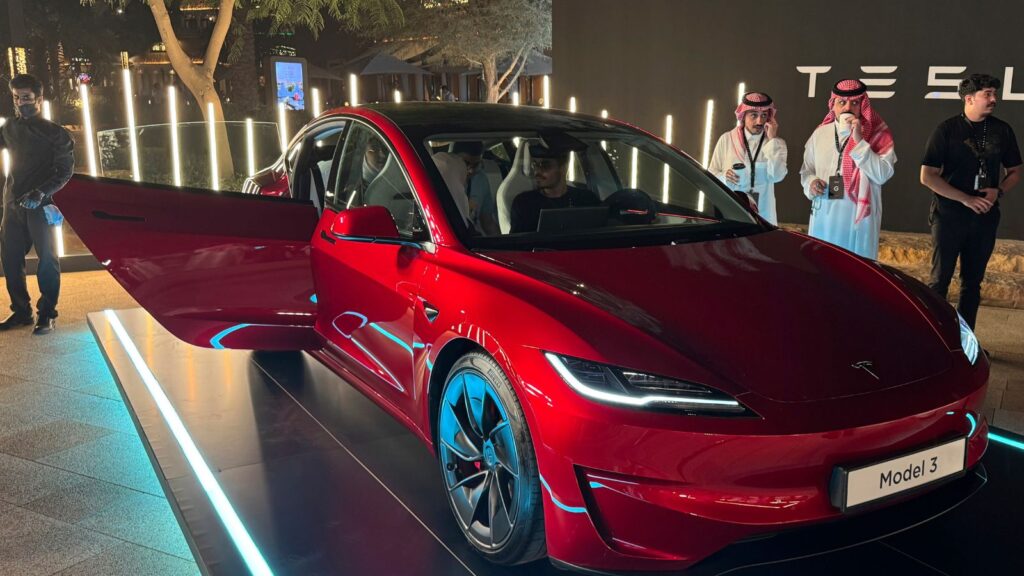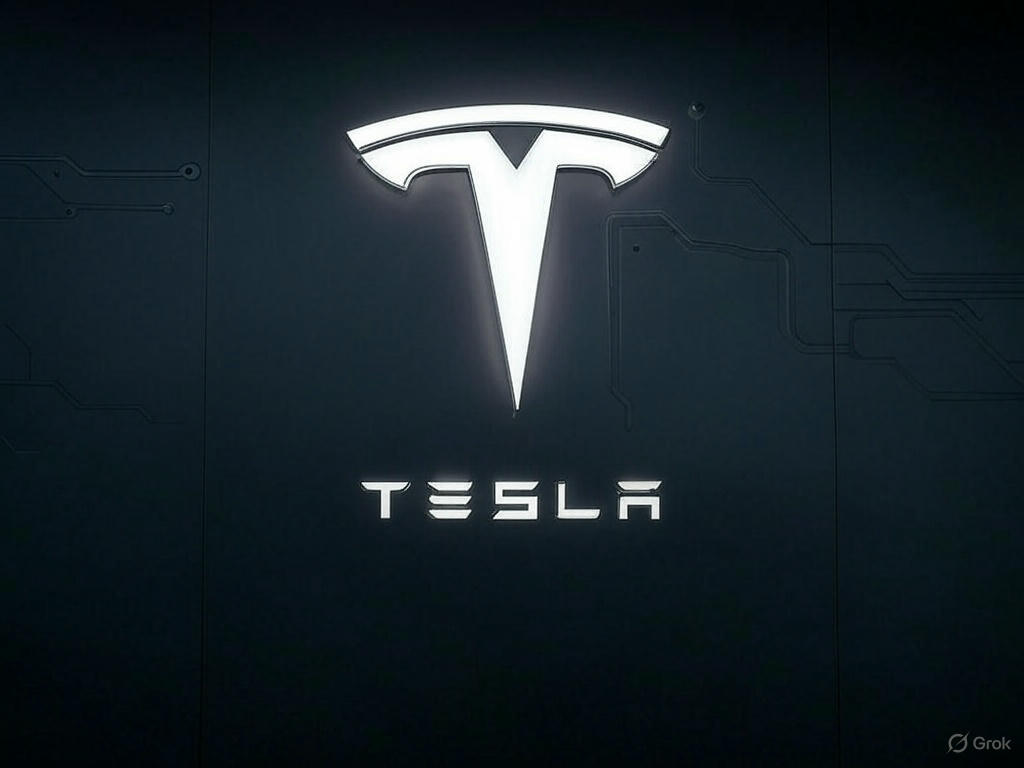Tesla Finally has officially launched its first showroom and service center in Riyadh, Saudi Arabia, marking a major milestone in the company’s global expansion. The electric vehicle (EV) giant’s entrance into the Saudi market represents not only a bold business move but also a significant shift in its long-standing, often complicated relationship with the kingdom.
A New Beginning After Years of Strained Relations
Tesla’s arrival in Saudi Arabia comes after several years of tension between the company’s CEO Elon Musk and the Saudi Public Investment Fund (PIF). Back in 2018, Musk tweeted that he was considering taking Tesla private with “funding secured” from the Saudi fund. This controversial statement led to legal troubles and a noticeable cooling of relations between Musk and Saudi leaders.
However, as time passed, priorities changed on both sides. Musk has since grown into a key figure not only in business but also in global politics, aligning himself with former U.S. President Donald Trump and advocating for new economic and technological models. Meanwhile, Saudi Arabia has been pushing forward with its ambitious “Vision 2030” plan, which aims to diversify the economy beyond oil by investing in new sectors like renewable energy, artificial intelligence, and electric vehicles.

With this changing landscape, both parties now appear ready to put the past behind them and build a future together. Tesla’s official entry into the Saudi market is a symbol of that renewed partnership.
Why Saudi Arabia, Why Now?
Tesla’s move into Saudi Arabia is not just symbolic—it’s also strategic. The company is currently facing tough times in other parts of the world. Sales have slowed down in Europe, and competition is heating up in the United States and China. Additionally, Elon Musk has faced criticism for his political behavior, controversial statements, and decision-making.
For Tesla, Saudi Arabia represents a fresh opportunity in a high-potential market. The Middle East, particularly the Gulf region, is showing strong interest in electric mobility as part of broader sustainability goals. Saudi Arabia has set a target for 30% of all vehicles in its capital, Riyadh, to be electric by the year 2030. To support this vision, the kingdom is investing heavily—an estimated $39 billion—into the electric vehicle sector.
Tesla’s brand recognition and global reputation give it a unique advantage. By setting up operations in Riyadh, the company positions itself at the heart of the region’s EV revolution.
Challenges in the Desert
While the Saudi market offers great potential, it also comes with unique challenges. One of the biggest concerns is the extreme desert climate. Temperatures in Saudi Arabia often exceed 110°F (43°C), which can impact the performance and lifespan of EV batteries. Tesla will need to prove that its vehicles can handle such harsh conditions over long periods.
Another hurdle is the country’s current infrastructure for electric vehicles. As of now, Saudi Arabia has just over 100 public charging stations across the country. Most of these are located in major cities, which limits EV drivers’ ability to take long road trips or commute from rural areas. Without reliable and widespread charging facilities, the growth of the EV market could be slowed.
However, the Saudi government is aware of this issue and has committed to building 5,000 charging stations by 2030. This long-term infrastructure development will likely support Tesla’s success in the region if executed effectively.
Facing Competition on New Turf
Tesla is not entering an empty playing field. The Saudi EV market is already home to several competitors, including BYD from China and Lucid Motors, which is partly owned by the Saudi Public Investment Fund. Lucid has even opened a production facility in the kingdom, positioning itself as a homegrown rival to Tesla.
While Tesla is globally recognized for its technology, performance, and innovation, it faces tough questions about how well its vehicles meet local consumer preferences. In Saudi Arabia, drivers often favor large, luxurious vehicles that can handle long distances and desert roads. Analysts have pointed out that Tesla will need to tailor its offerings to appeal to Saudi tastes, possibly by emphasizing its premium models or introducing region-specific features.
Felix Hamer, a European analyst specializing in electric mobility, commented that while Tesla is a strong brand, its success will depend on its ability to deliver on customer expectations in a completely new environment.
What This Means for the Future
Tesla’s debut in Saudi Arabia is more than just a business expansion—it’s a political and strategic statement. It shows that despite past disputes, global economic goals and technological ambitions can bring even the most unlikely partners back to the table.
The move also reinforces Saudi Arabia’s determination to shift from an oil-dependent economy to a more diversified and innovative one. The kingdom is not just buying electric cars—it wants to become a global player in the EV industry. Whether that includes further investment in Tesla, partnerships on manufacturing, or collaborative projects in clean energy remains to be seen.
For Tesla, this step may signal a shift in its global strategy. As Western markets become more saturated and competitive, expanding into new regions like the Middle East could provide the growth needed to maintain its leadership in the electric vehicle industry.
Elon Musk’s decision to finally bring Tesla to Saudi Arabia could end up being one of the most important and impactful moves in the company’s history. The coming years will show whether this gamble pays off—or if the desert proves too hot to handle.



